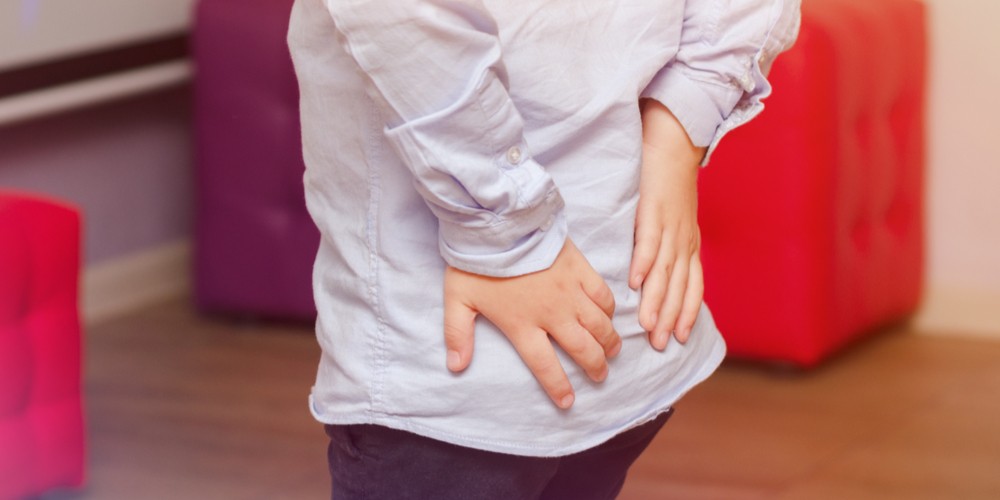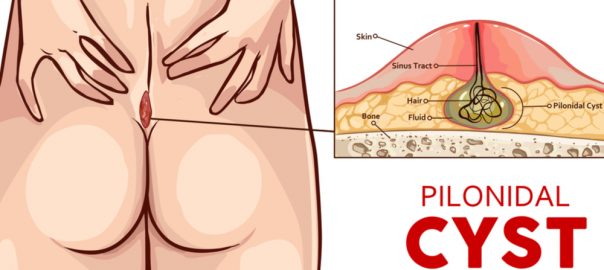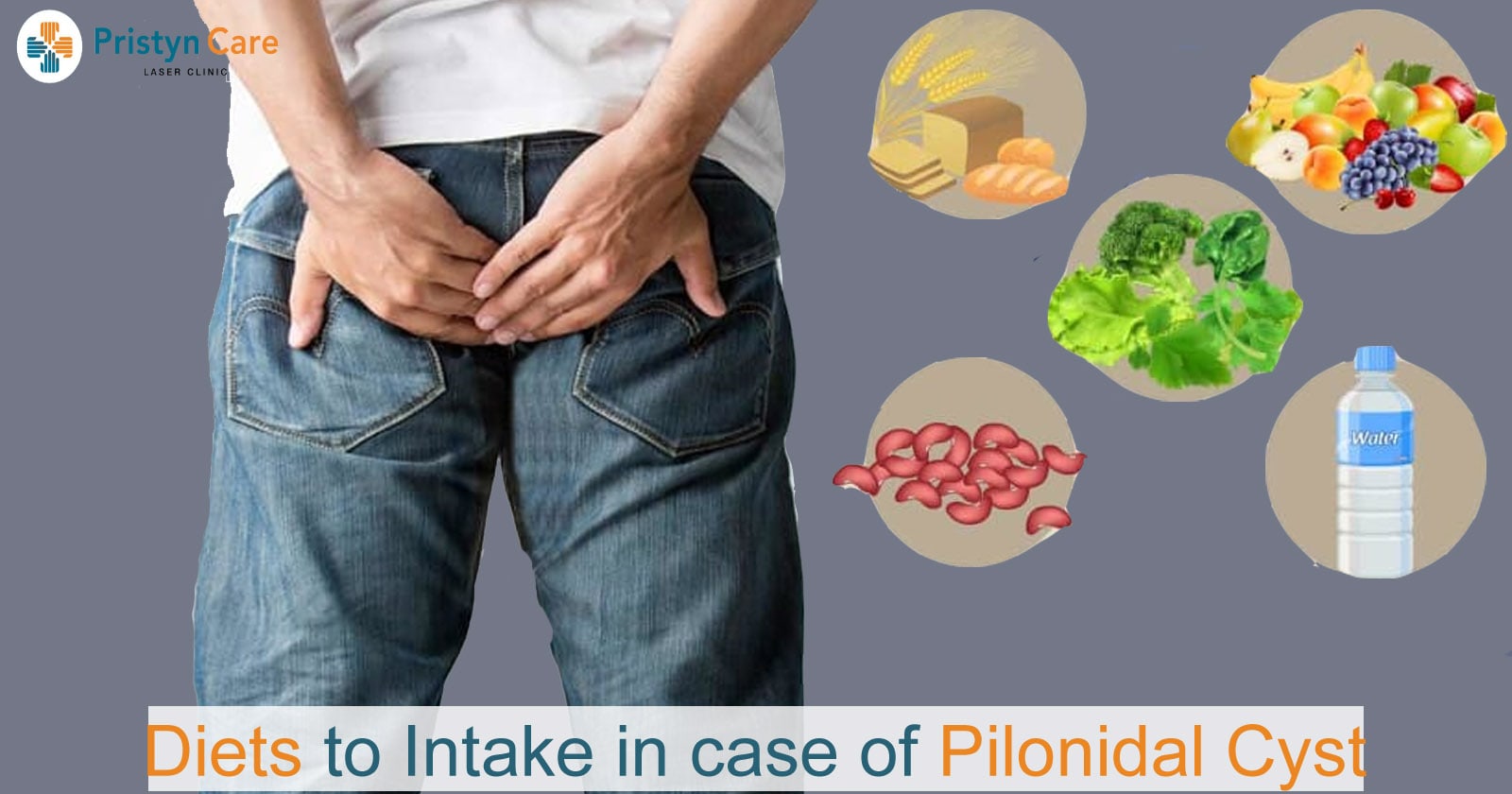![]() Views: 15,526
Views: 15,526
How to stop recurrence of Pilonidal Cyst?
Some people go through the treatment for their pilonidal cysts, and it never comes back again. But, about 20 percent of patients experience its recurrence within the first six months after treatment, or as many as 20 years later. A pilonidal cyst is quite a troublesome con...
dition where an abnormal epithelial passage develops just above the buttocks (near the natal cleft). Read moreThe pilonidal cyst has a tendency to reappear or recur. So, when a person develops a pilonidal cyst once, they become prone to it in the future as well. .
Dedicated Support at Every Step!
Our Doctors are available 24 hours a day, 7 days a week to help you!
Sometimes, early problems after treatment are not actually a recurrence but rather unhealed sinuses or other cysts that were unnoticed by the doctor. An actual recurrence usually becomes symptomatic between six months and four years after cure.
They are normally caused by the same reasons that caused the development of the first cyst. This is possibly rooted in the negligence in proper hygiene, as returning pilonidal cysts mostly develop the same way initial cysts do.
Some of the major factors that contribute to the recurrence of the pilonidal cyst are:
- Excess body weight
- Not maintaining an active lifestyle
- Hormonal fluctuations
- Excess hair growth near the natal cleft
- Wearing tight-fitting clothes that push the hair growing in the area into the pits of the skin

To avoid getting another cyst or the initial cyst infection again, here are some suggestions you can follow:
-
Table of Contents
Remove hair frequently from the affected area
Try to keep the area free from hair as much as you can do. It is suggested that you remove any hair from the sacral area if you are prone to pilonidal cysts. This will prevent the risk of getting ingrown hairs or any loose hair from entering the skin again.
-
We take care of youGet Your Surgery Done with
No Cost EMI, Hassle-free Insurance ApprovalMaintaining hygiene of the pilonidal cyst prone area
You can prevent recurrence of Pilonidal cyst significantly simply maintaining proper hygiene. You should wash the area every day with a mild soap, ensure that you wash off the soap thoroughly. Rather than rubbing the skin hard to dry after washing, gently pat it dry.
-
Avoid sitting for long periods
Sitting for long continuous hours makes you more prone to developing the pilonidal cyst. It allows the sweat and dirt to collect in the natal cleft. Thus sweat and dirt increase the chances of the cyst reappearing near the buttocks. So, you must make sure that you adapt to an active lifestyle.
-
Top Doctors ForAll Doctors
Doctor available

MBBS, Diploma in Radio Diagnosis & MD-TB & Respiratory Diseases
FREEConsultation Fee
Maintain normal body weight
-
Regular checkup of the cyst affected area
Check the cyst affected area for any lumps or soreness on a daily basis. Examine the area around the initial pilonidal cyst for any probable lump or redness.
If you see any symptom that you’re developing a pilonidal cyst again, immediately, consult your doctor to stop another cyst from forming.
Consult a specialist doctor
When you observe the symptoms of pilonidal cyst again, consult a medical practitioner as soon as possible. This will also allow you to know other possible reasons that may be causing the recurrence.
The doctor will guide you about probable risk and complications and also help you in preventing chronic inflammation of the cyst.
Permanent solution for pilonidal cyst

If no treatment or medication works and you have to face the troubles of the cyst time and again, laser treatment is the permanent solution. Laser treatment is the most advanced and safest to get rid of pilonidal sinus for once and for all. It is minimally invasive in nature and requires incisions. Laser treatment for pilonidal cyst takes about only 15 minutes to complete. It is a daycare procedure that enables the patient to return home on the same day of the treatment. As there are no deep wounds to heal, the downtime for the laser treatment for pilonidal cyst is very short. The patient fully recovers in just 3-5 days and can easily resume his routine activities without any restriction.
So, if you also want to be free of pilonidal cyst permanently, you can go for the laser treatment. There is nothing to fret about the procedure. Also, you can get in touch with us at Pristyn Care for the laser treatment. If you have any query regarding the treatment, call us right away and our medical coordinators will help you.








